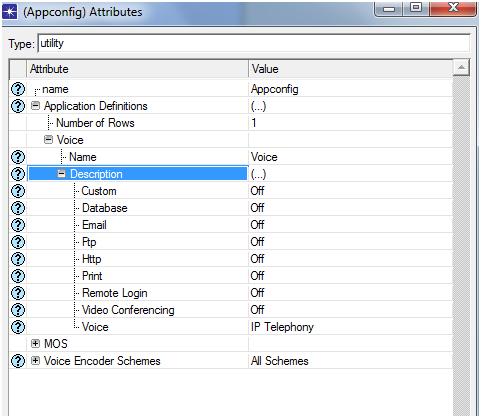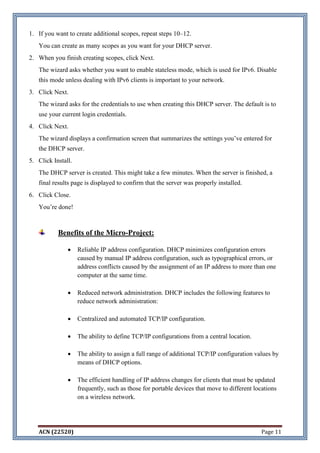Configuration Conflicts: Managing Application Settings and Configurations

Applications often rely on a combination of settings and configurations to specify their behavior and appearance. These settings and configurations can come from various sources, such as the environment, user preferences, or application defaults. Managing these settings and configurations can become complex and challenging, especially when different sources have conflicting values.
Configuration conflicts arise when two or more sources define different values for the same setting. This can lead to unexpected behavior or even application failures. For instance, an application might expect a specific database connection string, but the environment variable providing the connection string has an incorrect value. This conflict can prevent the application from connecting to the database.

To effectively manage configuration conflicts, it is crucial to establish a clear hierarchy of configuration sources. This hierarchy should define the precedence of different sources in resolving conflicts. Typically, the most important or up-to-date source should have the highest precedence.
In addition, it is good practice to use a central configuration management tool or framework. These tools allow you to define and manage settings and configurations in a centralized location, making it easier to identify and resolve conflicts. They can also provide features such as version control and change tracking, ensuring that all changes to configurations are well documented and controlled.
Furthermore, it is essential to test your application thoroughly to uncover potential configuration conflicts. Testing should be performed in multiple environments and with different combinations of settings and configurations to simulate real-world conditions. Identifying and fixing configuration conflicts during testing can prevent them from causing issues during production deployment.
By following these best practices, you can effectively manage configuration conflicts and ensure that your applications run consistently and reliably in different environments.## Configuration Conflicts: Managing Application Settings and Configurations
Executive Summary
Configuration management is crucial for ensuring consistent and predictable application behavior. However, coordinating multiple settings and configurations can lead to conflicts that degrade performance and reliability. This article explores the causes of configuration conflicts and provides practical strategies for managing application settings and configurations effectively.
Introduction
Application configurations define the parameters that govern its behavior, including database connections, environmental variables, and security settings. When multiple settings or configurations interact, conflicts can arise, leading to unexpected errors, performance issues, or security breaches.
FAQs
1. What causes configuration conflicts?
- Overriding settings in different configuration files
- Inconsistent settings across different environments
- Mismatched values between dependent components
2. How do I identify configuration conflicts?
- Monitor application logs and errors for inconsistencies
- Perform code reviews to check for conflicting settings
- Use configuration management tools to detect and resolve conflicts
3. How can I prevent configuration conflicts?
- Define clear policies for setting and managing configurations
- Implement a centralized configuration repository
- Employ automated testing to verify configuration compatibility
Subtopics
1. Configuration Management
- Centralized Repository: A single source of truth for all application configurations.
- Version Control Integration: Track changes to configurations and ensure consistency across environments.
- Change Request Process: Govern changes to configurations to minimize conflicts.
- Automated Testing: Verify the compatibility and integrity of configurations before deployment.
2. Environment Management
- Separate Environments: Create distinct environments for development, testing, and production to prevent conflicts.
- Configuration Isolation: Isolate configurations for each environment to avoid cross-contamination.
- Environment-Specific Settings: Tailor configurations to the specific requirements of each environment.
3. Dependency Management
- Dependency Mapping: Identify the relationships between application components and their dependencies.
- Compatibility Checks: Ensure that dependent components are using compatible configurations.
- Isolation: Segregate dependent components to minimize the impact of configuration changes.
4. Security Considerations
- Secure Configuration Stores: Protect configuration repositories from unauthorized access.
- Least-Privilege Access: Grant only necessary permissions to users who manage configurations.
- Regular Auditing: Monitor configurations for potential vulnerabilities and configuration drift.
5. Continuous Monitoring
- Real-Time Monitoring: Monitor application logs and metrics for configuration-related errors.
- Automated Alerts: Trigger alerts when configuration conflicts are detected.
- Incident Management: Establish a process for resolving configuration conflicts promptly.
Conclusion
Configuration conflicts can significantly impact application performance and reliability. By adopting best practices in configuration management, environment management, dependency management, security considerations, and continuous monitoring, organizations can effectively mitigate conflicts and ensure optimal application behavior.
Keyword Tags
- Configuration Management
- Configuration Conflicts
- Environment Management
- Dependency Management
- Security Considerations
